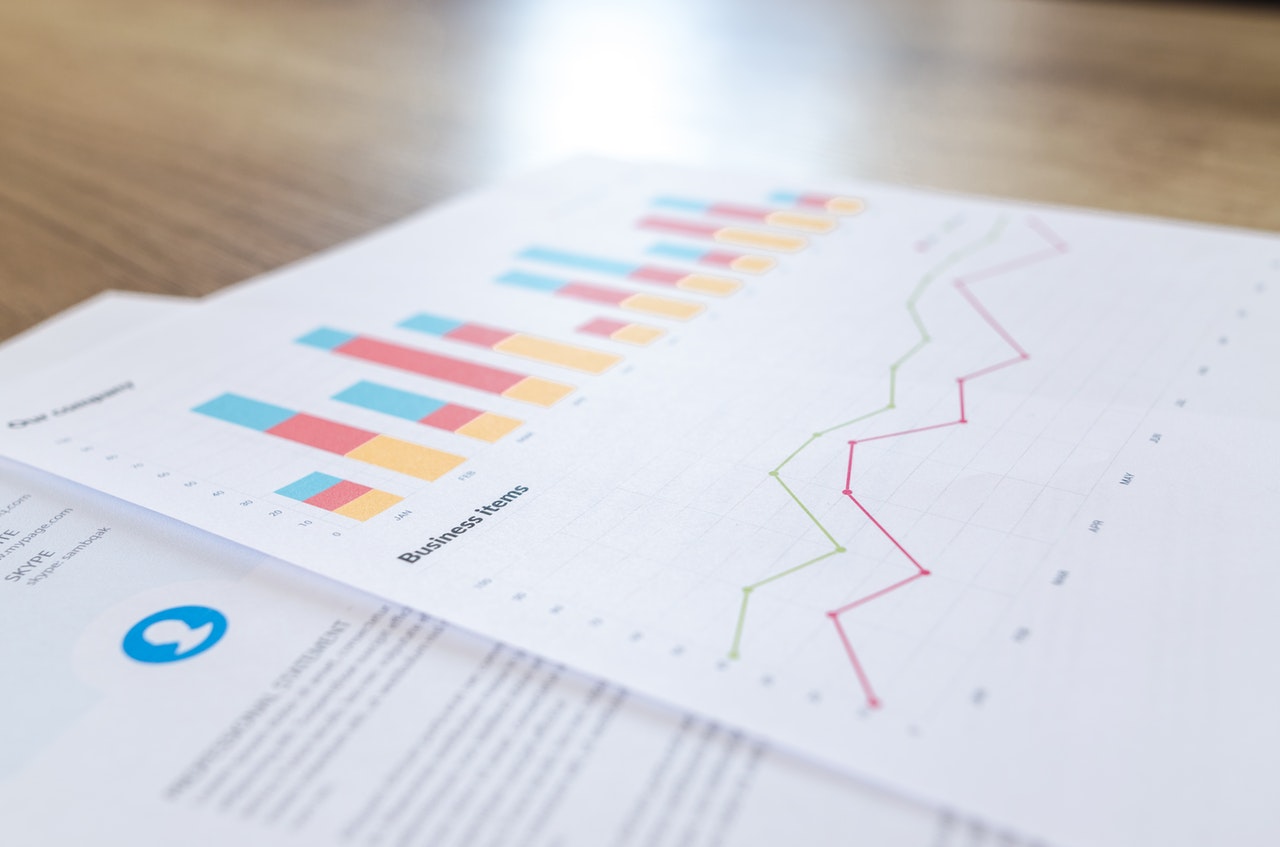
An organization’s ability to manage contract activity effectively is crucial to its success. Large organizations typically have several thousand active contracts that require oversight to ensure compliance and profitable delivery.
However, without good systems and controls, it is virtually impossible to manage them effectively and this can lead to significant risks, including:
- Missing critical contract dates and deadlines
- Failing to meet contract obligations
- Failing to make use of the most recent contract terms
- Inadequate governance and approval processes
- Time wasted on manual and administrative tasks
- Financial concerns, such as discount renewals, revenue leakage, and annual price hikes
According to the International Association for Commercial and Contract Management, “companies lose 10% of their bottom line through ineffective contract management.”
Contract lifecycle management (CLM) is described as a solution and process for managing the lifecycle of contracts from initiation through execution, performance, ongoing obligations and renewal/expiry.
There are typically six key stages of managing the lifecycle of contracts:
- Initial requests – capturing contract requests consistently and accurately each time from the involved parties
- Triage, allocation and tracking of requests – reviewing, prioritizing and allocating each request to the right team and tracking it through to completion
- Creating contracts – gathering relevant terms, conditions and clauses that define the boundaries of the agreement
- Reviewing, negotiating and amending – negotiating specific parameters of the agreement and updating the contract to reflect the final positions
- Approval and execution – once all parties have agreed on the terms and conditions, the contract can be approved and executed
- Monitoring and tracking obligations – monitoring, tracking and reporting on compliance against key contract terms
Technology, alongside the right combination of people and processes, can support the automation of each stage and deliver significant benefits:
- Reducing the significant administrative burden of clarifying contract requests and allocating to the right team or enabling self-service by using intake forms
- Automation to produce a first draft or a signature-ready contract based on a set of templates and clause libraries reducing the errors, costs and overall inefficiencies associated with traditional drafting methods and delivering a standardized contract process for all parties involved
- Reviewing third party contracts using AI technologies to organize contracts faster and more accurately, identifying key data points and risks
- Reducing the time to execute using online negotiation and collaboration tools and electronic signatures
- Tracking obligations and monitoring contract risks to ensure compliance, maximizing revenue opportunities and contract performance
Navigating the world of contract management technologies can be difficult for General Counsel and in-house legal teams. Some of these CLM products aim to solve the entire contract lifecycle, whilst others are point technologies for specific stages of the contract process. Identifying the most appropriate solution requires a clear understanding of business processes and use cases and the right combination of people, processes, data and technology to support each stage of the contract management cycle.
Where do you start?
1) Undertake an activity analysis of how much time is spent on contract related activities across your business teams including legal, procurement and others responsible for contact management activities. The analysis should focus on answering questions such as:
- Where are the company’s contracts stored and can you access the right version easily when needed?
- How do you receive contract requests and are the requests complete?
- How long does it take to draft or amend contracts?
- How much time is spent finding contract clauses when reviewing contracts?
- Do you know when your contracts will renew or terminate and if you are complying with the terms of the contracts?
2) Using this analysis, identify your highest priority areas and low hanging opportunities to develop your requirements and processes
3) Determine a solution-based approach – a combination of technologies that resolve parts of the process vs entire contract lifecycle management platforms
4) Start capturing and tracking data early and at each stage of the process, to identify opportunities for greater efficiency and automation as well as alternative business models
Managing contract lifecycle effectively can improve business performance and profitability by providing efficient ways of managing contract related activities and a better understanding of contracts.
 Babar Hayat Babar Hayat
Konexo Head of Technology and Transformation Babar’s expertise spans software, product development, technology strategy and innovation, across both the legal and financial services sectors in large global organizations. He frequently participates in industry events as a speaker on the evolving legal technology landscape and emerging trends in the market. |

Developed by global law firm Eversheds Sutherland and with Asia operations in Malaysia, Singapore and Hong Kong, Konexo provides alternative legal and compliance services including interim resourcing, technology and transformation, managed services and program management. Konexo is the name and brand under which the Konexo Entities provide legal or other services to clients around the world. Please be aware that not all services are available from all of the Konexo Entities. For more information on the Konexo Entities, the services they provide and their relationship with Eversheds Sutherland, please see konexoglobal.com/legal-notices
Eversheds Sutherland (International) LLP is part of a global legal practice, operating through various separate and distinct legal entities under Eversheds Sutherland. For a full description of the structure and a list of Eversheds Sutherland offices, please visit eversheds-sutherland.com










 Konexo
Konexo Joan Oh
Joan Oh




